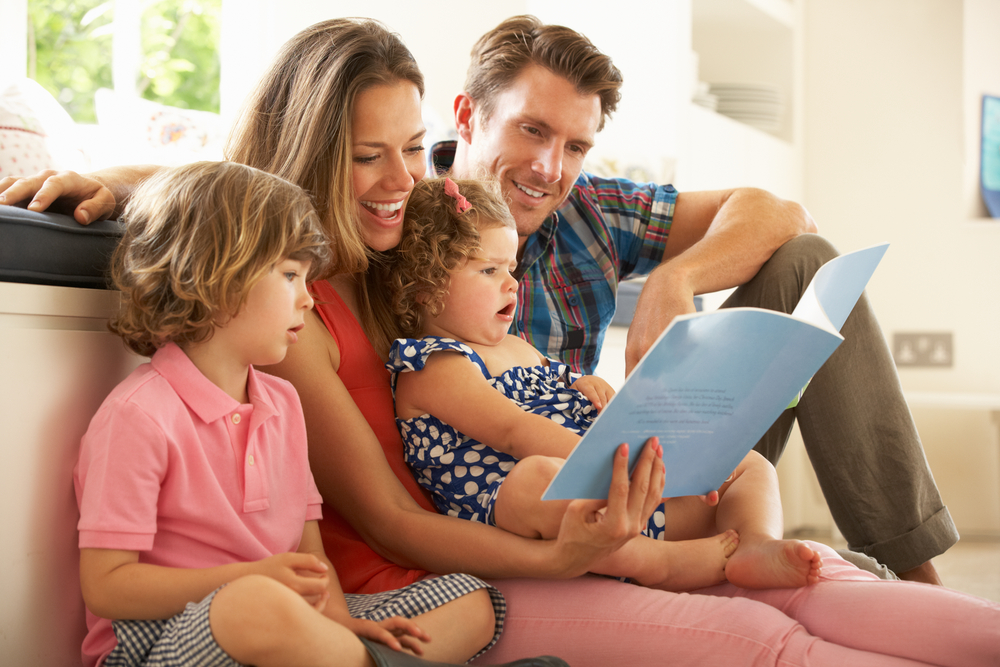If you’re like most parents, then you’re probably very busy with an endless to-do list. This can make it challenging to help your child with prepositions for kids.
Before you start worrying about your child’s language and vocabulary development, fear not! We are here to help.
Our HOMER experts know a thing or two about helping children understand the parts of speech, and today, we’ll be focusing on prepositions. To be specific, we’ve compiled a detailed guide for you.
Without further ado, let’s get started.
What Are Prepositions?
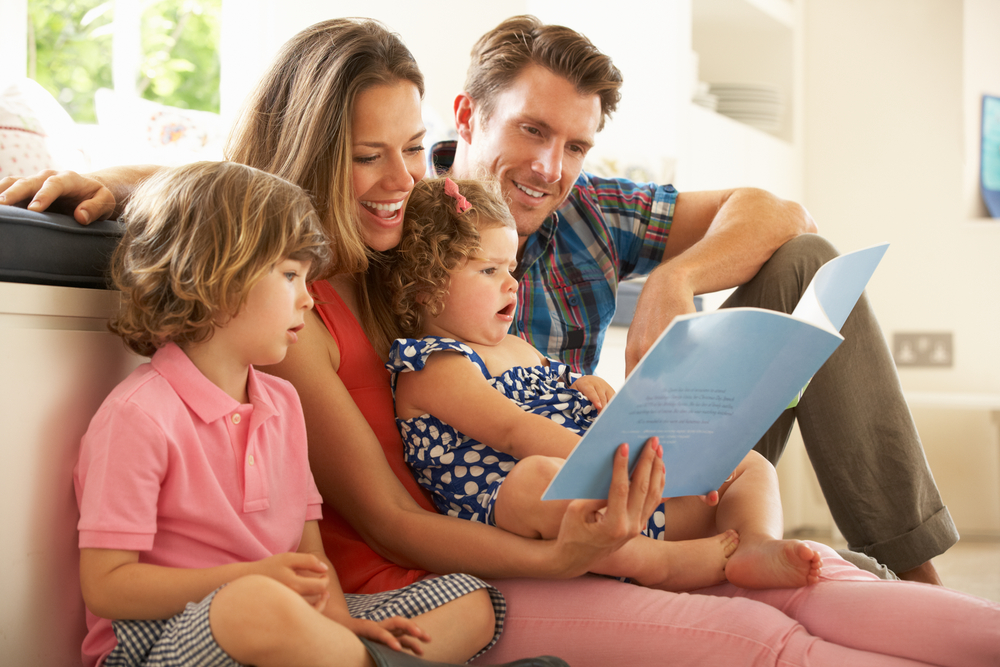
Prepositions as the linking words in a sentence that help express relationships between other words in that sentence.
Under and inside are prepositions we commonly use in the English language to describe where something is. Besides indicating position, prepositions also help describe when something is happening (before and after, for instance).
In a sentence, prepositions are meant to be followed by a noun, pronoun, or noun phrase (e.g., the door, an apple, etc.) that acts as an object. For instance: “Put the apple on… ” is not a full idea because the preposition “on” needs an object after it (“Put the apple on the table.”).
We’ve mentioned that most prepositions express time and location. So, let’s have a closer look at that.
Prepositions For Time
Some of the most common prepositions for time are at, on, by, and after.
For example:
- Our class will start at 4 pm.
- We are going to the park on Friday.
- I’ll be home by midday.
- We’ll drive home after the game.
Prepositions For Location
A few prepositions you might regularly use to indicate location are under, on, in, and above.
For example:
- Place your book under the table.
- The dog is sitting on a chair.
- Your crayons are in your bag.
- The plane flies above the clouds.
Sometimes, it can be challenging for children to grasp the concept of prepositions entirely, but with practice and some of the below tips, your child will soon get there!
Before you can incorporate our tips for helping your child with prepositions for kids, they must be at the right age to start learning this concept.
When Do Children Learn About Prepositions?
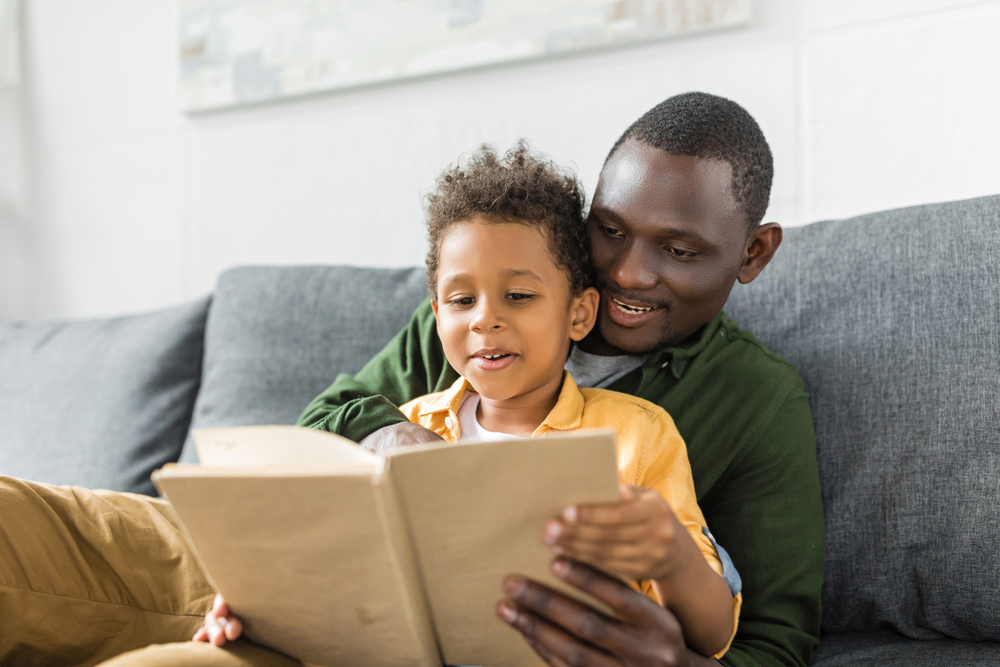
Babies pick up a lot of their language from their parents, siblings, and caretakers. By 24 months, toddlers commonly use the prepositions “on” and “in.”
In early grades, prepositions are formally introduced. Typically, this would be after third or fourth grade. This is because, unlike verbs or nouns, prepositions are not as easy to understand.
From one of the examples above, we described how “on” can have different meanings. There are also the prepositions “to,” “for,” and “of,” which have various functions in sentences. All of this can be challenging for our young learners.
During toddlerhood and early childhood, teaching prepositions for kids is about exposure more than anything. One of the best ways to help children understand prepositions is by encouraging them to carry out instructions that have prepositions in them.
For example, you might say, “Please put this book on the table.” Simple instructions like this are often effective in helping familiarize children with prepositions.
Importance Of Prepositions For Kids

Why are prepositions so important for kids to understand? Why put so much time and effort into helping your child grasp these simple words? Let’s take a look.
Better Communication
One of the biggest benefits of helping your kid know prepositions is that it will help them communicate better.
As already explained, prepositions can be tricky to understand. While these words may be few and pretty short, using them correctly can make a big difference in communication.
Helping your child with prepositions from a young age can enable them to grasp the concept early, practice them often, and know how to use them correctly as they begin constructing sentences.
Improved Ability To Follow Directions
When your child understands prepositions, it will be easier for them to carry out instructions independently. For example, “Please place your crayons in the box” will not be mistaken for “Please place your crayons behind the box.”
Whether it’s in, on, behind, against, or beneath, your child will be clear on what they need to do and confidently do so.
How To Teach Prepositions For Kids
1) Read About It
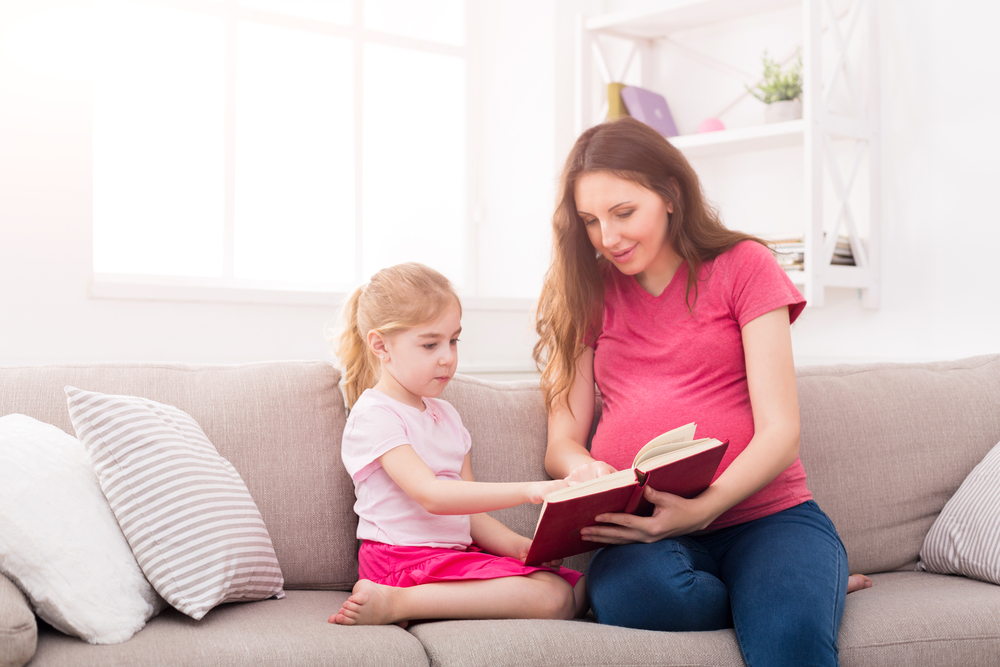
Sometimes the best place to start with teaching children prepositions (or anything else) is through books. If your child is like most kids, then they already love listening to you read stories to them, so this is an easy one!
There are tons of books online that you can read to help introduce your child to prepositions and how they work. The following are a few great books for kids aged 2-6 years old:
- Where’s Spot?
- Rosie’s Walk
- Up, Down, and Around
- The Berenstain Bears Inside Outside Upside Down
- Hide-and-Seek: A First Book of Position Words
2) Choose The Missing Word

Once your child has a basic understanding of prepositions, it’s time to test their knowledge (but in a fun and easy way!).
Start by writing a simple sentence and leaving out the preposition. Read the sentence to them and give them a few options to see which word works best in the blank spot.
For example, you can write down, “I have dance lessons _ Tuesday,” and then give your child three possible options (in, on, under).
It can be great practice to help your child consider each option before deciding on one. Ask them, “Can I have dance lessons in Tuesday?” or “Can I have dance lessons under Tuesday?”
This questioning and taking the time to think about every option can help your child understand why “on” is the correct answer. It can also make the game silly and fun (“We can’t sit under the floor!”)
3) Fix The Strange Sentence
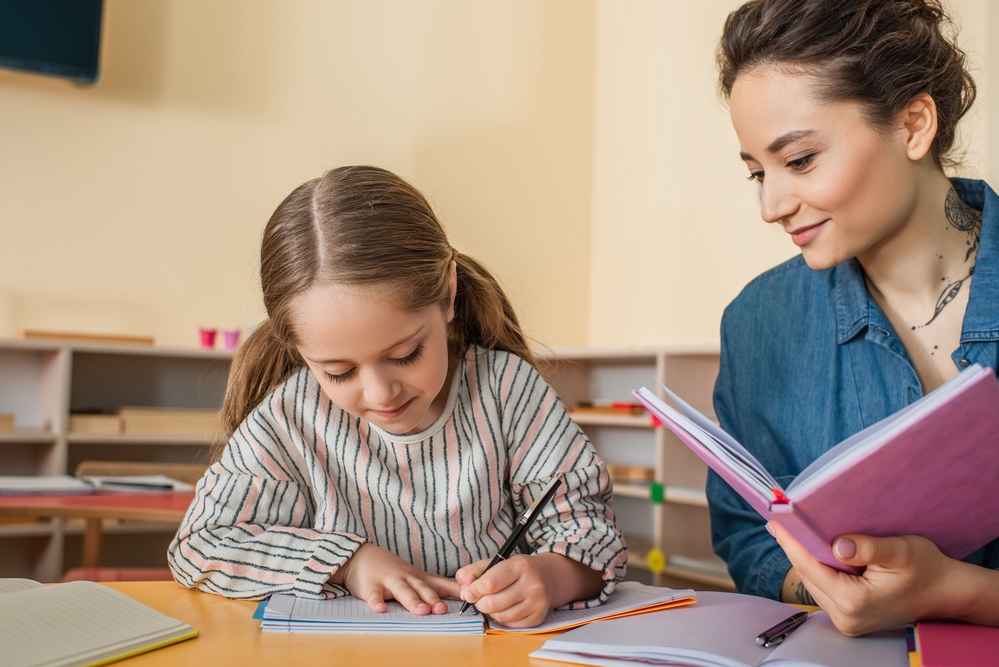
This fun activity works similarly to the previous one, except this time, you’ll write and read a sentence with an incorrect preposition, and then ask them to fix it.
Using the example above (“I have dance lessons in Tuesday”), what sounds funny about this sentence? In this example, your child will need to recognize that “in” is the problem and suggest what word should be used instead.
4) Expand A Sentence
Earlier, we mentioned that prepositions are the linking words that express position, time, and other functions in sentences.
A great way to help your child understand this is by helping them use prepositions with simple sentences.
To get started, you can say an incomplete sentence, and then encourage your child to complete it. For example, you can begin with, “There is some juice…” Your child will then complete this with “…in the fridge.”
If they are still new to prepositions, kids will probably make a few mistakes. That’s OK! This is the perfect opportunity to help them learn and grow their vocabulary!
5) Musical Chairs With A Twist
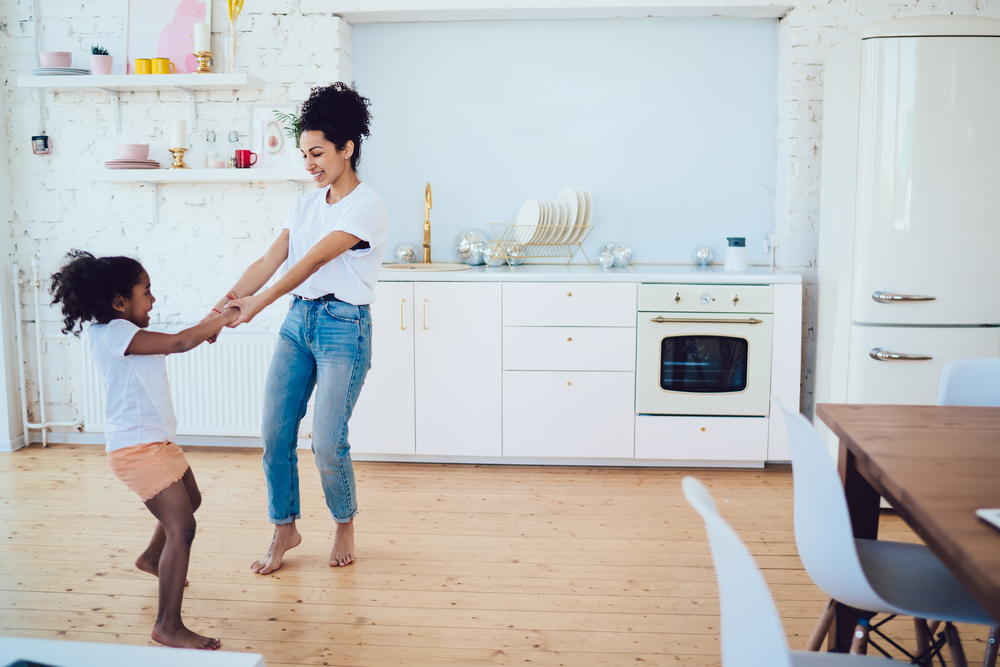
Everyone enjoys playing musical chairs, so we thought it would be a great way to help kids learn about prepositions — with a bit of a twist, of course! All you need for this activity is some fun music, a chair, and an energetic child.
To begin, play the music and allow your child to walk clockwise around the chair (just like the traditional musical chairs).
The major difference is when you stop the music suddenly, your child will need to act out what you say. For example, sit behind the chair, under it, beside it, etc. You can even add to the fun with other instructions, like tapping on the chair or waving to the chair.
6) Sing-Along

You’ve probably heard your child singing along to their favorite songs before (they might even request them on the drive home).
If your child loves singing, why not use this to help them understand prepositions? All you need is a catchy tune (think of a song your child will already be familiar with, like “Row, Row, Row Your Boat”) and some instructions to go along with the song.
With a silly song, simple sentences, like, “Sit on the couch,” “Sit behind the couch,” etc., become much more fun and exciting for your child to engage with while learning.
7) Place The Toy…
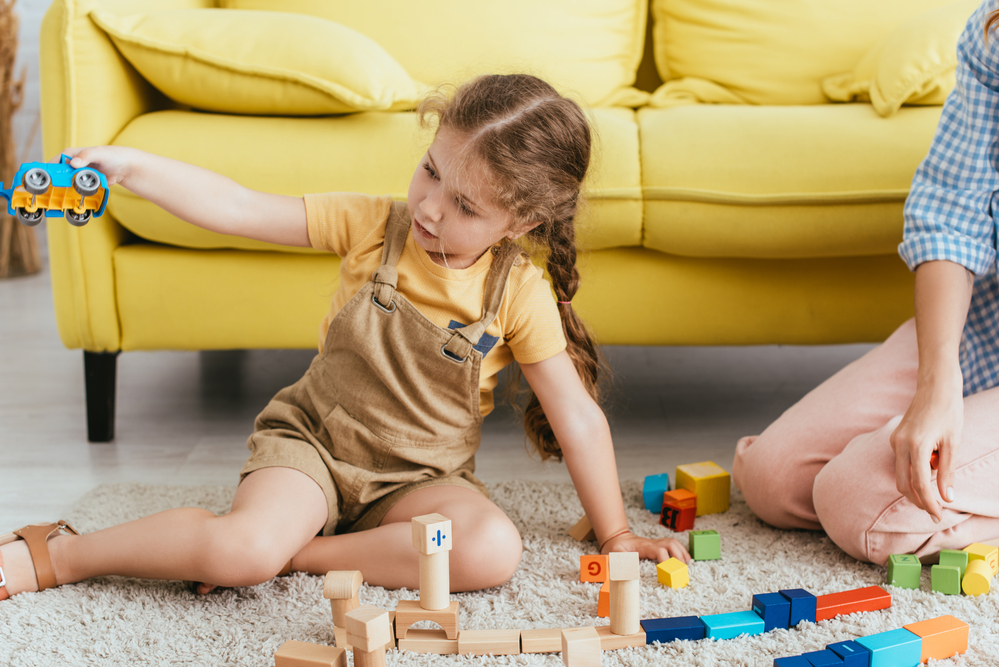
Sometimes the best way to help your child understand prepositions is by physically placing a toy in different places.
To help your child get excited about this activity, use their favorite teddy bear or toy and then give them instructions on where to place it. For example, you might say, “Place your toy on/under/behind the bed.”
We love this game because it focuses on the movement of one object and may make it easier for children to grasp what the words on, under, and behind actually mean.
Even better, you can turn this into a fun game by seeing how quickly your child can move their toy around to different spots in the house!
Fun With Prepositions For Kids

From our list above, we hope you’re clear on one thing: There are many ways to introduce prepositions for kids while making sure that they see them in a fun and engaging way.
Whether you choose to use some or all of the above-mentioned tips, remember to exercise patience with your child as they try to wrap their heads around prepositions and the rules that come with them.
With plenty of exposure during your daily life, you’ll soon find your child mastering these often complicated concepts.
Check out HOMER’s Learn & Grow app for more on how to help children thrive through their early years!
,


